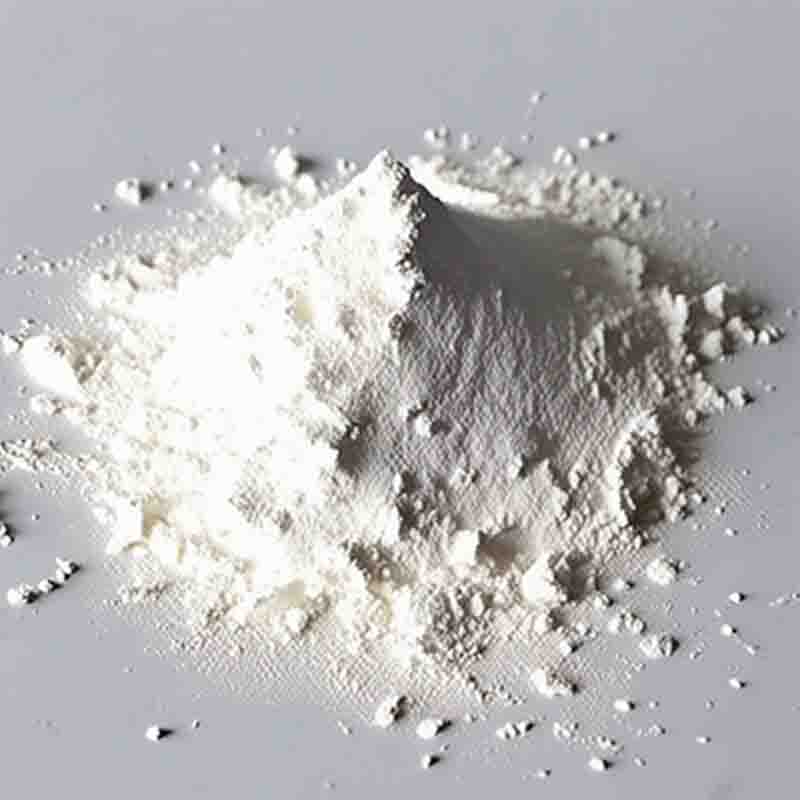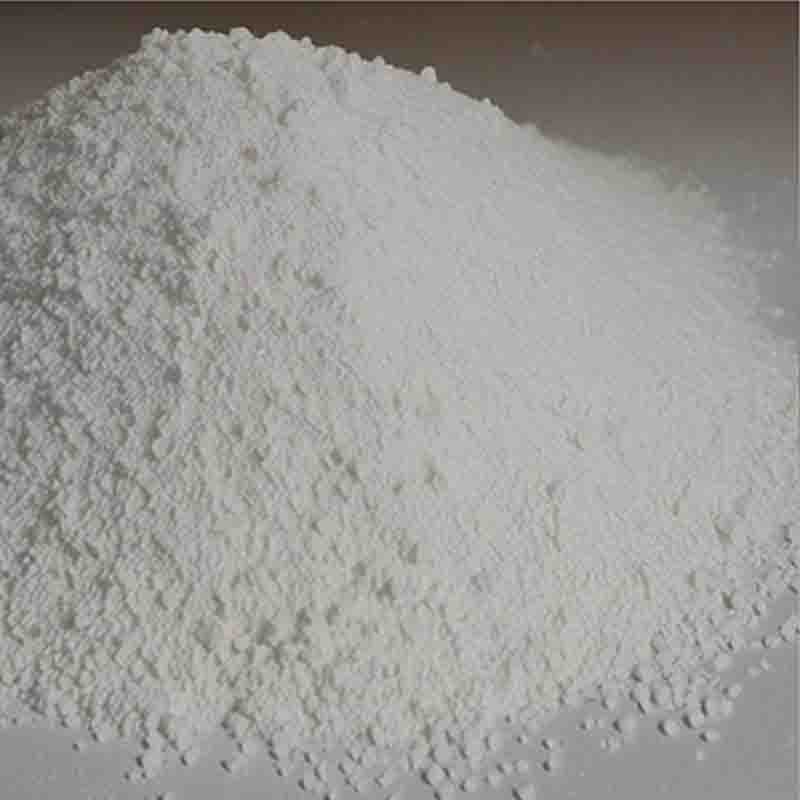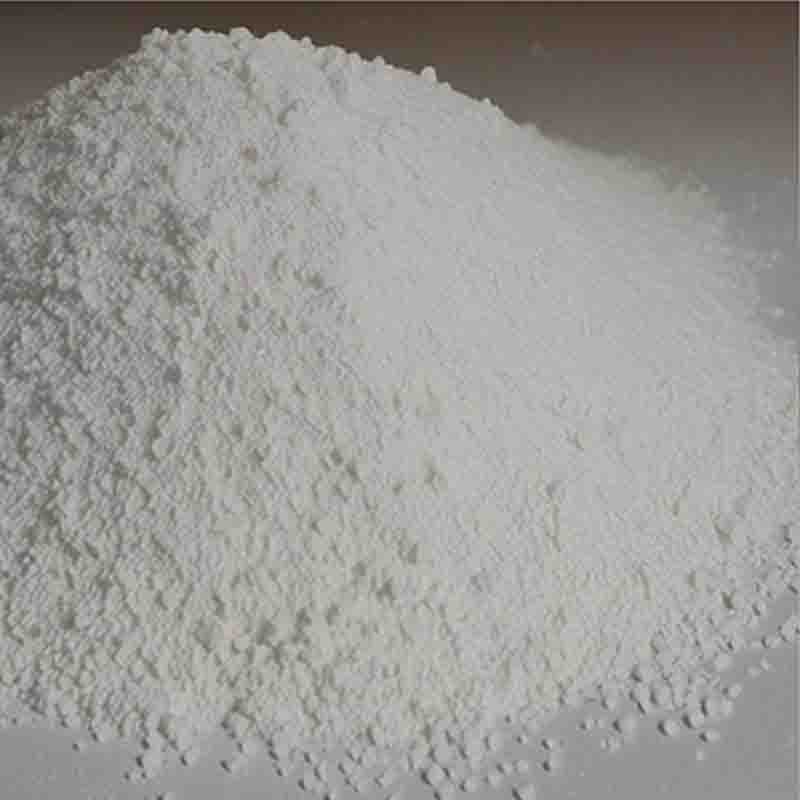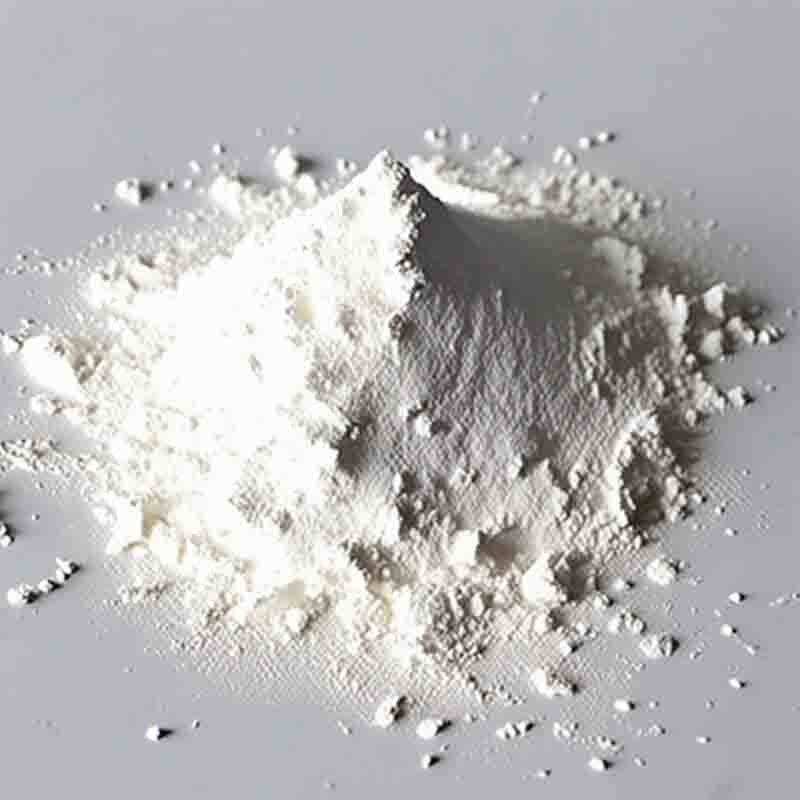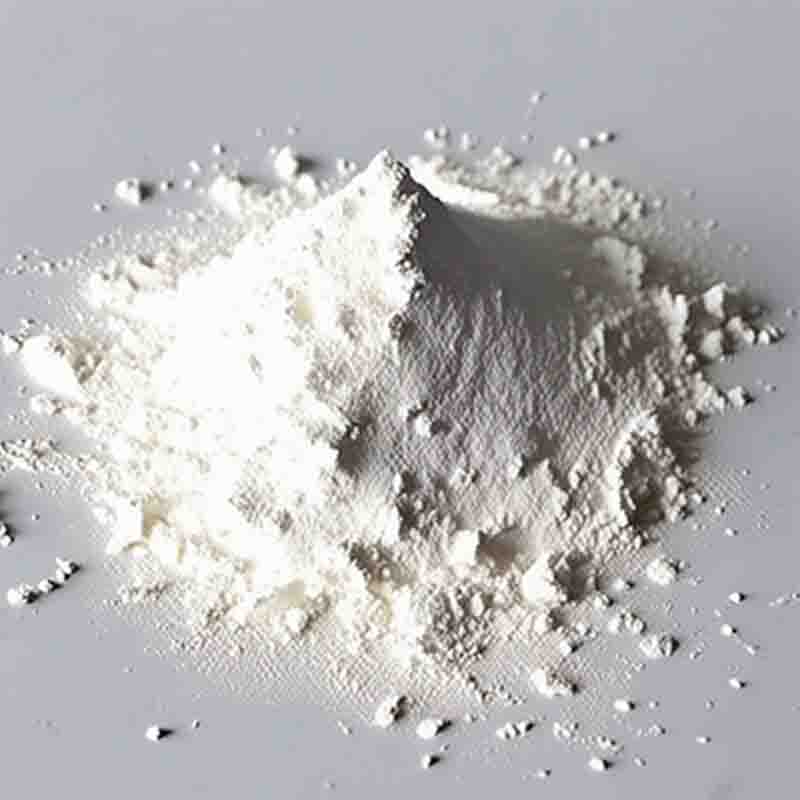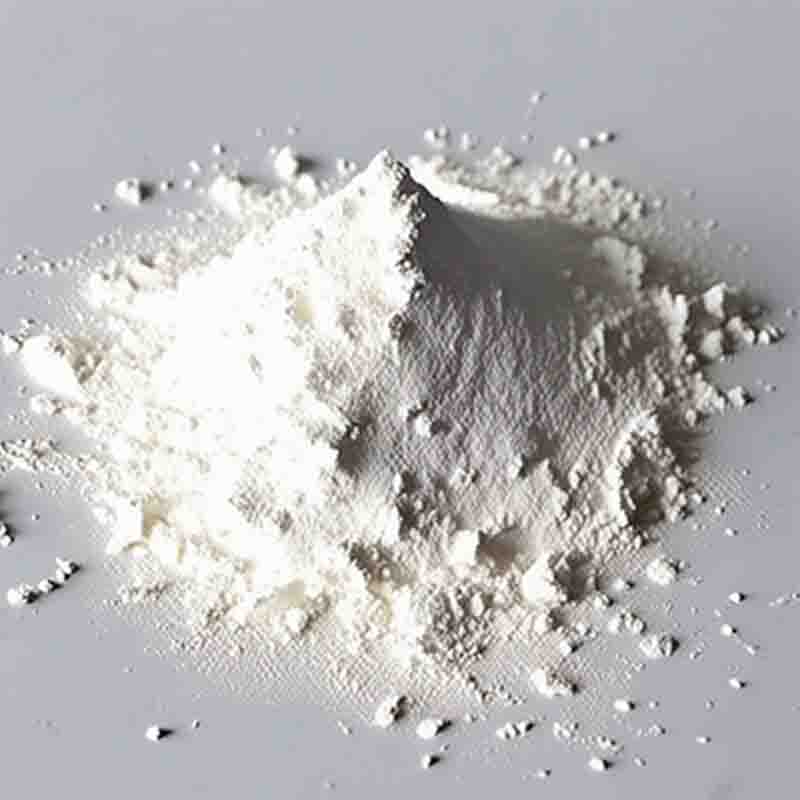2′,3′-Di-O-acetyl-5′-deoxy-5-fuluro-D-cytidine CAS: 161599-46-8
| Catalog Number | XD93763 |
| Product Name | 2',3'-Di-O-acetyl-5'-deoxy-5-fuluro-D-cytidine |
| CAS | 161599-46-8 |
| Molecular Formula | C13H16FN3O6 |
| Molecular Weight | 329.28 |
| Storage Details | Ambient |
Product Specification
| Appearance | White powder |
| Assay | 99% min |
2',3'-Di-O-acetyl-5'-deoxy-5-fluoro-D-cytidine is a modified form of the nucleoside cytidine, which is a building block of RNA (ribonucleic acid). This specific derivative has garnered significant interest in the field of medical research and drug development due to its potential applications in anticancer therapy.The acetylation of both the 2' and 3' positions of the ribose moiety enhances the stability and lipophilicity of the compound, making it more suitable for cellular uptake and utilization. Additionally, the introduction of a fluorine atom at the 5' position of the cytidine ring confers distinct pharmacological properties that may be advantageous in cancer treatment.One of the major uses of 2',3'-Di-O-acetyl-5'-deoxy-5-fluoro-D-cytidine is as a prodrug for the emergence of 5-fluoro-2'-deoxyuridine (FdUrd). Prodrugs are inactive compounds that are converted into active drugs within the body. Once inside the cell, 2',3'-Di-O-acetyl-5'-deoxy-5-fluoro-D-cytidine is deacetylated and phosphorylated to form FdUrd, which is then further metabolized to its active form, 5-fluorouracil (5-FU). 5-FU is a potent chemotherapy agent that interferes with the synthesis of DNA and RNA, inhibiting the growth of cancer cells.The advantage of using 2',3'-Di-O-acetyl-5'-deoxy-5-fluoro-D-cytidine as a prodrug is its ability to selectively deliver 5-FU to cancer cells. Cancer cells have increased metabolic activity, leading to higher levels of intracellular enzymes responsible for the conversion of the prodrug to its active form. This selective activation of the prodrug minimizes the systemic toxicity associated with traditional administration of 5-FU, improving the therapeutic index of the treatment.Furthermore, the introduction of the fluorine atom in 2',3'-Di-O-acetyl-5'-deoxy-5-fluoro-D-cytidine enhances its efficacy compared to unmodified cytidine derivatives. The fluorine atom allows for better interactions with target enzymes and enhances the stability of the compound, ultimately increasing its potency as an anticancer agent.Research studies have demonstrated the potential of 2',3'-Di-O-acetyl-5'-deoxy-5-fluoro-D-cytidine as a promising candidate in cancer therapy. It has shown efficacy in various cancer cell lines and animal models, particularly in treating solid tumors. Development efforts have focused on optimizing its delivery, enhancing its stability, and evaluating its efficacy in combination with other chemotherapeutic agents or treatment modalities.In summary, 2',3'-Di-O-acetyl-5'-deoxy-5-fluoro-D-cytidine is a modified nucleoside derivative with significant potential as a prodrug in anticancer therapy. Its selective conversion to 5-FU within cancer cells, coupled with the improved stability and potency conferred by the fluorine atom, make it a promising candidate for targeted cancer treatment. Further research and development are ongoing to fully explore and harness its therapeutic potential.


